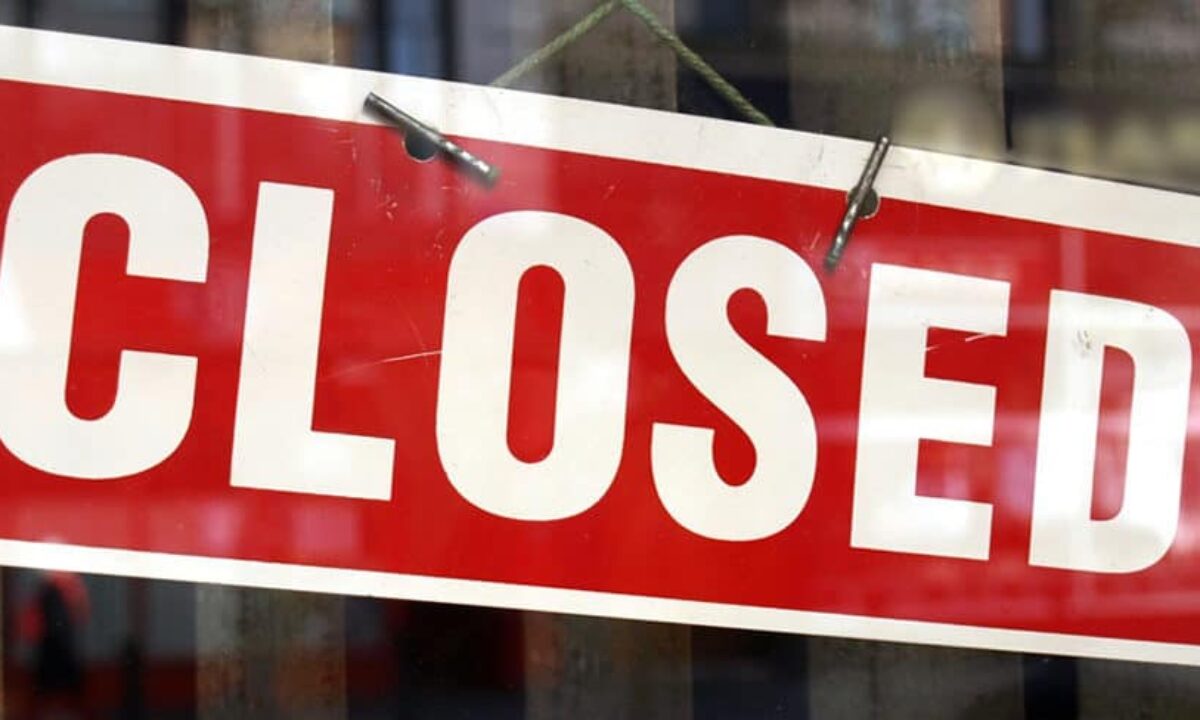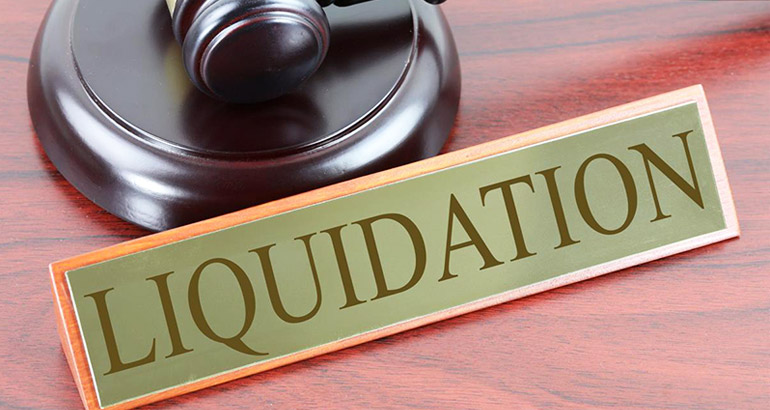Company Liquidation Fundamentals Explained
Company Liquidation Fundamentals Explained
Blog Article
The Of Company Liquidation
Table of ContentsThe 10-Minute Rule for Company LiquidationThe Buzz on Company LiquidationThe 10-Minute Rule for Company LiquidationWhat Does Company Liquidation Mean?Fascination About Company Liquidation
Supervisors and investors come to an agreement, and the firm is sold off and sold off. Creditors' voluntary liquidation (CVL) is a whereby the business directors know its insolvent position and come to an agreement with creditors to willingly liquidate the organization.The sales produced are after that distributed among the creditors. When the business's assets have actually been sold, the firm is struck from the Firms House register and discontinues to exist. Compulsory liquidation follows a various process to voluntary liquidation because, in this circumstance, the creditors are trying to liquidate the company versus the will of its supervisors.
The lender asks the court to release a winding-up request in order to press the business to make settlement. If this fails, a winding-up order is provided by the courts and the directors lose control of their business. A bankruptcy expert is picked to wind the firm up and sell off its properties.
Now, allow's take a look at the step-by-step process that each sort of liquidation follows, so you can much better understand what takes place. Launching an MVL is a volunteer process, and it can just be done when the company is still solvent. This suggests that the actual procedure of liquidating a company through an MVL is a lot more uncomplicated than various other types of liquidation.
The Ultimate Guide To Company Liquidation
Firm directors decide to willingly liquidate the company. This might be to make a rewarding sale, or due to the fact that proprietors wish to retire, begin a brand-new service, and so on. The business must be solvent in order to begin the MVL procedure. The supervisors designate a licensed bankruptcy professional to supervise the liquidation.

Ultimately, the firm is struck from the Business Home register and disappears. Like an MVL, a CVL is still volunteer. The liquidation process is more complex however, since at this phase the firm is financially troubled. This suggests that possessions should be sold off, after that the profits should be dispersed among creditors a scenario that can bring about tensions among contending lenders.
Lenders will have the ability to oppose the resolution or recommend their own option of a bankruptcy professional. When the winding-up resolution has been voted through, the liquidation is officially marketed in the Gazette and comes to be public expertise. Companies Residence and the Bankruptcy Service are informed of the liquidation, and the procedure of winding the company up begins.
Some Of Company Liquidation
As soon as all properties have actually been sold off, the funds produced are dispersed amongst financial institutions. The bankruptcy professional have to additionally examine the conduct of the company directors and present their searchings for to the Bankruptcy Service. If directors are found to have actually acted versus the passions description of the company, they may be disqualified from being a director in future and they might also be held directly liable for sure business debts.
The last step is to shut the company and strike its name from the Business House register. Obligatory liquidation is one of the most difficult procedure to go through, as it's prompted versus the will of the business supervisors. Compulsory liquidation is a procedure that must go through the courts and, therefore, it's extra challenging than other types of liquidation.
If the Statutory Settlement Demand goes unpaid, the lenders will organise a winding-up request to be approved with the courts. This essentially requests the court to enable the company to be sold off in order to pay the financial obligation. If the winding-up request is approved, it will be promoted in the Gazette and a selected bankruptcy professional will liquidate the company.
Next, the courts will approve a winding-up order if they think the lenders deserve to liquidate your business. The next stage of the procedure is the sale of firm properties, the distribution of funds and the closure of the organization. When the firm has been liquidated, it's struck from the Business House register.
The Greatest Guide To Company Liquidation

After they have actually taken their payment, after that secured lenders will certainly be provided their share of the earnings. Protected financial institutions typically consist of banks or any lenders that have released protected finances to the company.
The leads to the view it winding up of a business, with all assets marketed to pay financial institutions and the business eventually being struck from Firms Home register. It's not an easy decision to make, yet for numerous firms a volunteer can be the best method to close down the company.
If the Statutory Payment Demand goes overdue, the creditors will certainly organise a winding-up petition to be accepted via the courts. This basically petitions the court to allow the company to be liquidated in order to pay the financial debt. If the winding-up application is approved, it will be marketed in the Gazette and an appointed bankruptcy specialist will certainly sell off the company.
Rumored Buzz on Company Liquidation
Next off, the courts will approve a winding-up order if they believe the creditors have the right to liquidate your company. The following phase of the procedure is the sale of company properties, the circulation of read the article funds and the closure of the service. As soon as the business has been sold off, it's struck from the Business Residence register.
If any type of misdeed is located, after that the Insolvency Service can invalidate the supervisors or take other proper activity against them. The sees all possessions sold off in order to pay financial institutions, yet not all lenders stand to make their cash back. There's an appropriate sequence that bankruptcy professionals should legitimately follow as they disperse the funds made from the liquidation.
After they have actually taken their settlement, then safeguarded lenders will be provided their share of the proceeds. Guaranteed creditors commonly include financial institutions or any kind of lenders that have actually released protected loans to the business. Next off, come the unsecured creditors. This includes workers and staff that are still owed incomes, too any type of vendors who have actually given debt in great confidence.
The leads to the winding up of a business, with all assets marketed to pay creditors and the company ultimately being struck from Business Home register. It's not a simple decision to make, yet for several business a volunteer can be the best method to shut down the organization.
Report this page